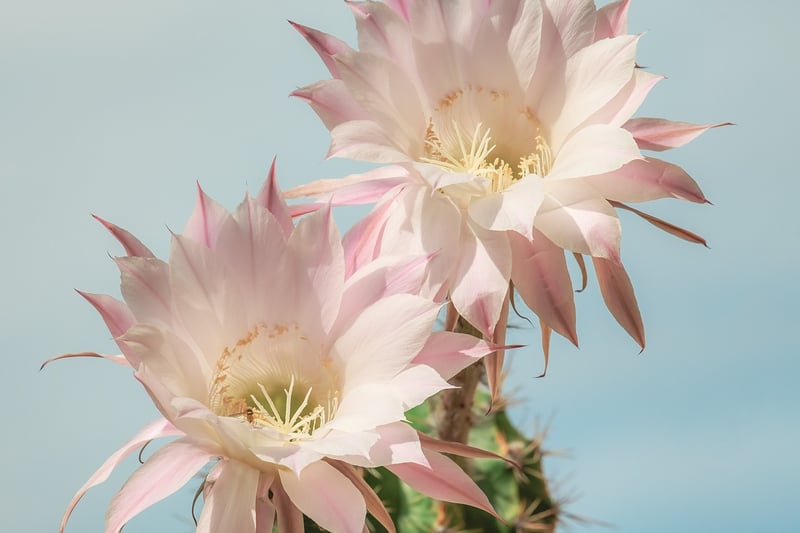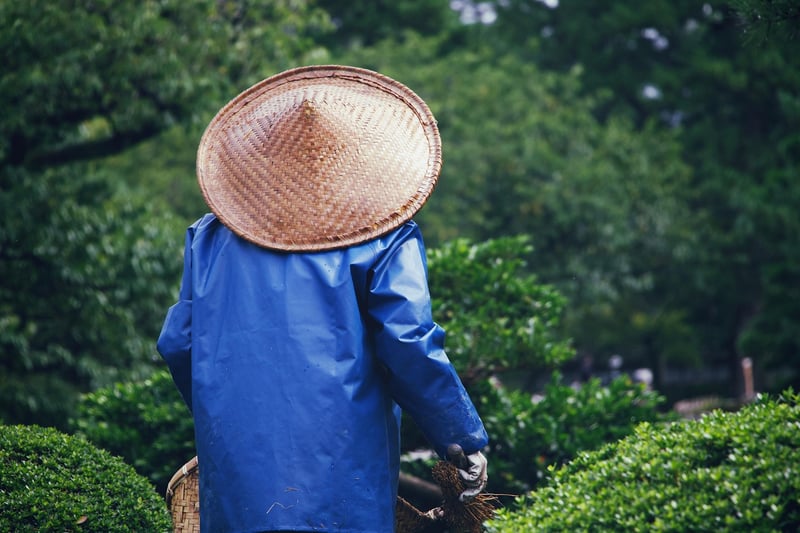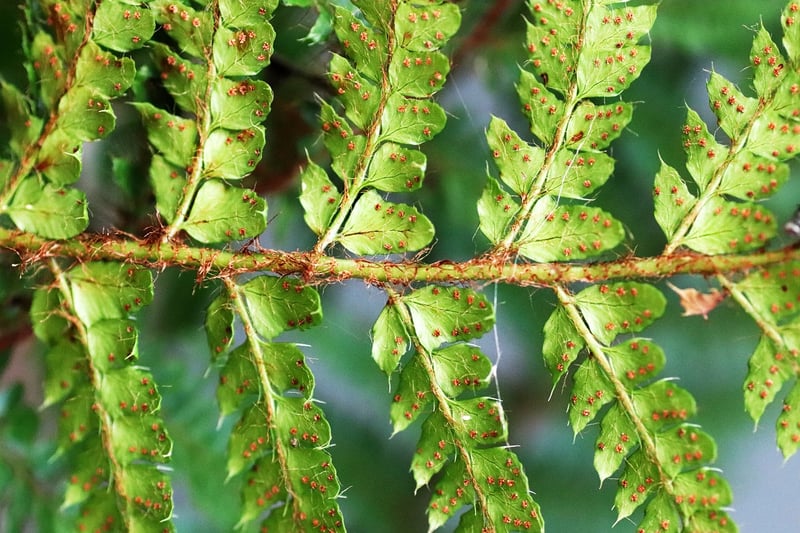Plant Propagation Techniques
Creative Gardening Activities + Plant Propagation Techniques
Introduction
Welcome to the world of gardening! Whether you're a seasoned gardener or a beginner looking to explore the wonders of plants, there are endless opportunities to get creative with your gardening activities. In this article, we will delve into some fun and innovative gardening projects while also learning about plant propagation techniques to expand your garden.
Creative Gardening Activities
Let's kick off our journey with some exciting and creative gardening activities that will not only enhance the beauty of your garden but also provide a therapeutic and rewarding experience.
1. DIY Plant Markers
Get crafty by making your own plant markers using materials like popsicle sticks, painted rocks, or even recycled wine corks. Personalize them with the names of your plants for a fun and practical touch.
2. Vertical Gardening
Maximize your space by creating a vertical garden using hanging planters, wall-mounted containers, or a trellis. This innovative approach not only adds visual interest but also allows you to grow more plants in limited space.
3. Fairy Gardens
Unleash your imagination by designing a whimsical fairy garden complete with miniature furniture, tiny houses, and magical decorations. This enchanting project is perfect for adding a touch of fantasy to your outdoor space.
Plant Propagation Techniques
Now, let's explore some plant propagation techniques that will enable you to multiply your plant collection and share your green thumb skills with others.
1. Stem Cuttings
Take cuttings from healthy plants, dip them in rooting hormone, and plant them in a suitable growing medium. With proper care and attention, these cuttings will develop roots and grow into new plants.
2. Division
Divide clumping plants like hostas or ornamental grasses into smaller sections, ensuring each division has roots attached. Replant these divisions to create multiple plants from a single parent plant.
3. Layering
Encourage plants like jasmine or blackberries to form roots while still attached to the parent plant by burying a section of the stem or a low-hanging branch in soil. Once roots develop, you can separate the new plant from the parent.
Conclusion
By incorporating creative gardening activities and plant propagation techniques into your gardening routine, you can elevate your outdoor space, expand your plant collection, and enjoy the therapeutic benefits of nurturing living things. So, roll up your sleeves, grab your gardening tools, and let your green thumb guide you on this exciting botanical journey!


Images source: Pixabay
